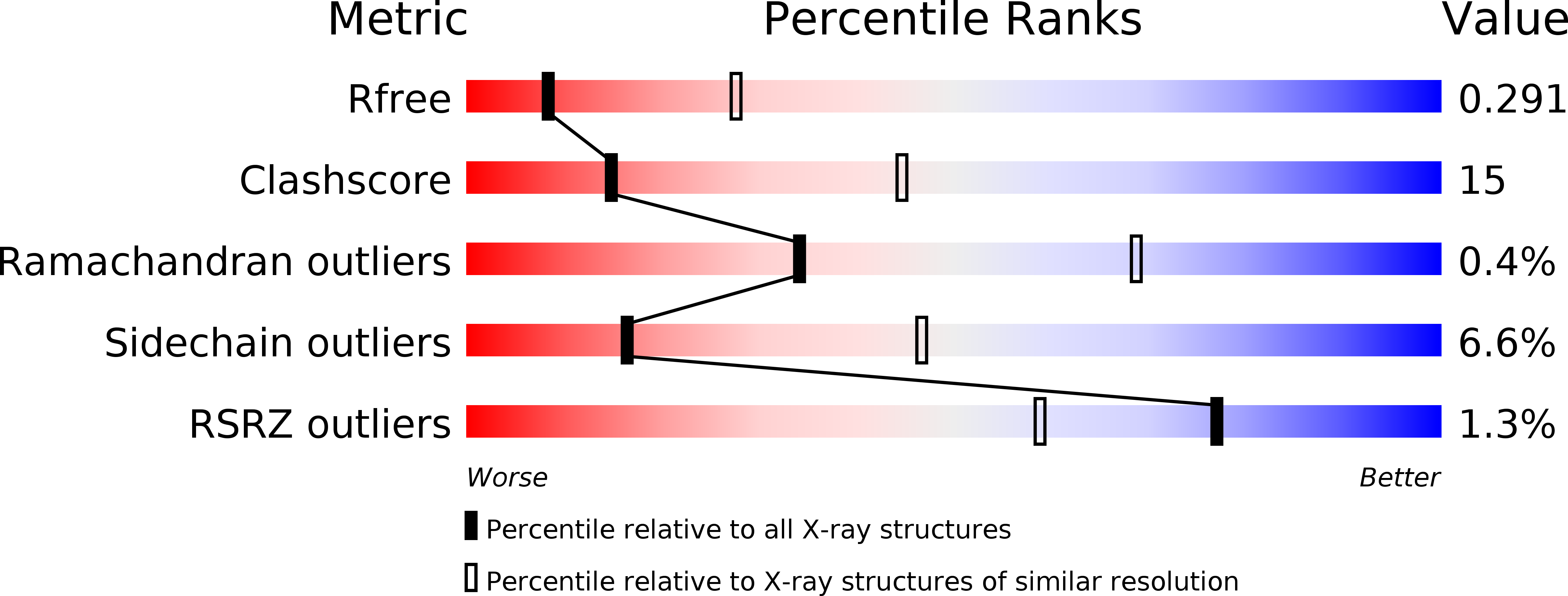
Deposition Date
2012-09-19
Release Date
2012-12-19
Last Version Date
2023-09-20
Entry Detail
PDB ID:
4H6I
Keywords:
Title:
Crystal Structure of Staphylococcal Complement Inhibitor SCIN-B
Biological Source:
Source Organism:
Staphylococcus aureus subsp. aureus (Taxon ID: 158878)
Host Organism:
Method Details:
Experimental Method:
Resolution:
3.09 Å
R-Value Free:
0.29
R-Value Work:
0.28
R-Value Observed:
0.28
Space Group:
C 2 2 2


